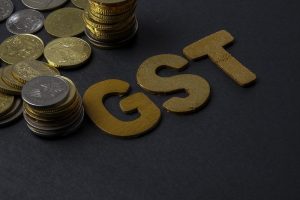
The Group of Ministers (GoM) set up by the Goods and Services Tax (GST) Council to explore taxation mechanisms for luxury and demerit goods post-cess abolition will be seeking more time to finalise its recommendations in the Council’s upcoming meeting on December 21. According to sources, the GoM, chaired by Minister of State for Finance Pankaj Chaudhary, feels six months would suffice to finalise its report.
“The deliberations in the GoM on cess are still ongoing. It will be discussed in the GST Council meet on December 21. The GoM will seek extension to submit its final report. Another six months should be enough to finalise the report on GST cess,” a source told Moneycontrol.
The GoM was initially scheduled to submit its report by December 31, 2024. However, its deliberations are ongoing, with additional legal and procedural complexities to address.
“The GoM is still mulling over various options and needs additional time to address legal aspects and finalise its proposals,” another source had told Moneycontrol earlier. The GoM held its last meeting on December 2 in New Delhi.
The GoM was established following the GST Council’s 54th meeting in September 2024. It comprises 10 members, including representatives from Assam, Chhattisgarh, Gujarat, Karnataka, Madhya Pradesh, Punjab, Tamil Nadu, Uttar Pradesh, and West Bengal. The panel’s task is to recommend a new taxation structure to replace the compensation cess, which is set to end in March 2026.
The GoM’s recommendations hold significant implications for GST’s future structure. It must determine whether to continue the cess or introduce additional taxes, define applicable rates, and assess required legislative amendments.
The compensation cess, introduced at the onset of GST, is levied on luxury, sin, and demerit goods over and above the highest GST slab of 28 percent. Its primary purpose was to compensate states for revenue losses post-GST implementation. Initially intended for five years (ending June 2022), the cess was extended until March 2026 to repay Rs 2.69 lakh crore worth of loans taken during the COVID-19 pandemic to cover states’ revenue shortfalls. If the loan is repaid earlier, the GoM will also have to decide on the treatment of excess cess collected.
Currently, GST operates on a four-tier structure of 5 percent, 12 percent, 18 percent, and 28 percent. The GST law permits a maximum rate of 40 percent.
Source: Money Control


